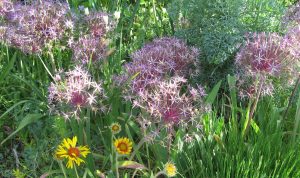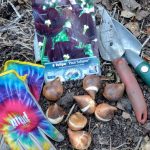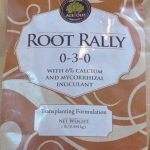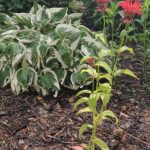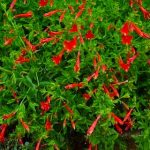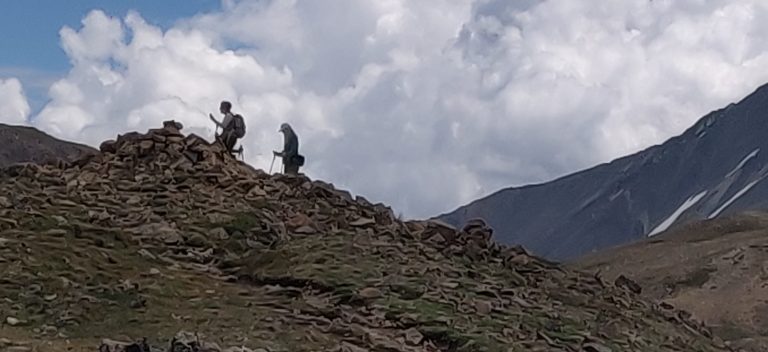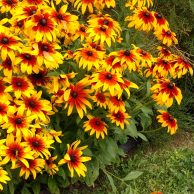 Fall is among the best times to plant perennials. While we may begin to wilt from late summer heat, many plants rise to the occasion and burst into bloom! As days begin to grow shorter, perennials spend the next few months developing root systems or taproots that delve well below the hot, dry surface soil. Pollinators depend on finding pollen and nectar sources through the entire summer, so it’s important to include late-summer and autumn bloomers in your garden.
Fall is among the best times to plant perennials. While we may begin to wilt from late summer heat, many plants rise to the occasion and burst into bloom! As days begin to grow shorter, perennials spend the next few months developing root systems or taproots that delve well below the hot, dry surface soil. Pollinators depend on finding pollen and nectar sources through the entire summer, so it’s important to include late-summer and autumn bloomers in your garden.
Here are a few suggestions for successful planting.


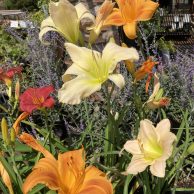 Daylilies are old favorites for good reasons. They are:
Daylilies are old favorites for good reasons. They are: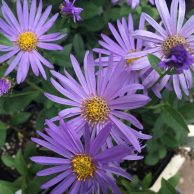
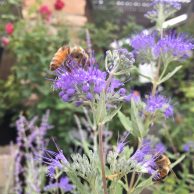 We propagate and grow a lot of great plants here at the nursery, which gives us (and you!) an advantage when the wholesale suppliers run short in mid and late summer. We’re very pleased to have beautiful stock of some highly desirable and hard-to-find shrubs and perennials right now, including some choice native plants, Plant Select® winners, and customer favorites.
We propagate and grow a lot of great plants here at the nursery, which gives us (and you!) an advantage when the wholesale suppliers run short in mid and late summer. We’re very pleased to have beautiful stock of some highly desirable and hard-to-find shrubs and perennials right now, including some choice native plants, Plant Select® winners, and customer favorites. 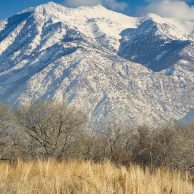 Historically February is one of Colorado’s snowiest months, and finally we’re beginning to see evidence of that this year! Additionally, the forecast indicates more to come. It remains to be seen how some of our marginally hardy garden plants have suffered from the below zero temperatures.
Historically February is one of Colorado’s snowiest months, and finally we’re beginning to see evidence of that this year! Additionally, the forecast indicates more to come. It remains to be seen how some of our marginally hardy garden plants have suffered from the below zero temperatures.